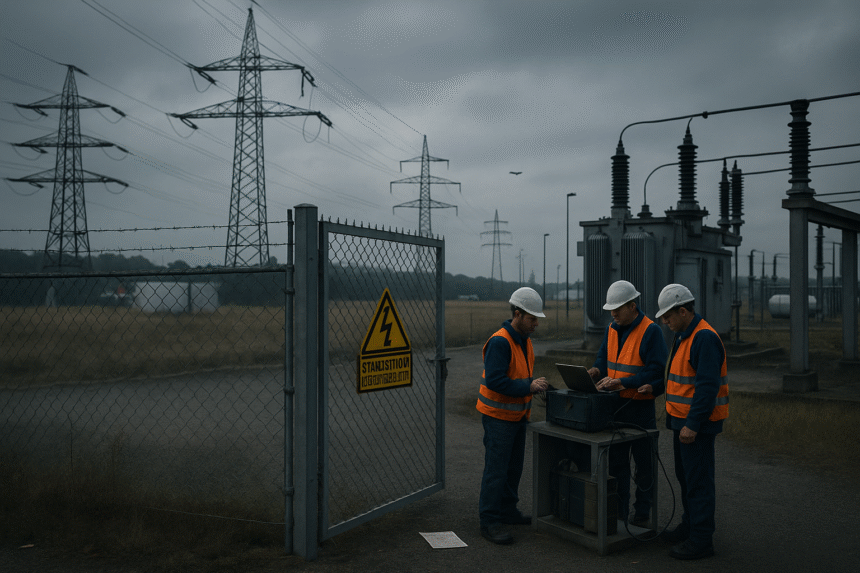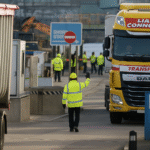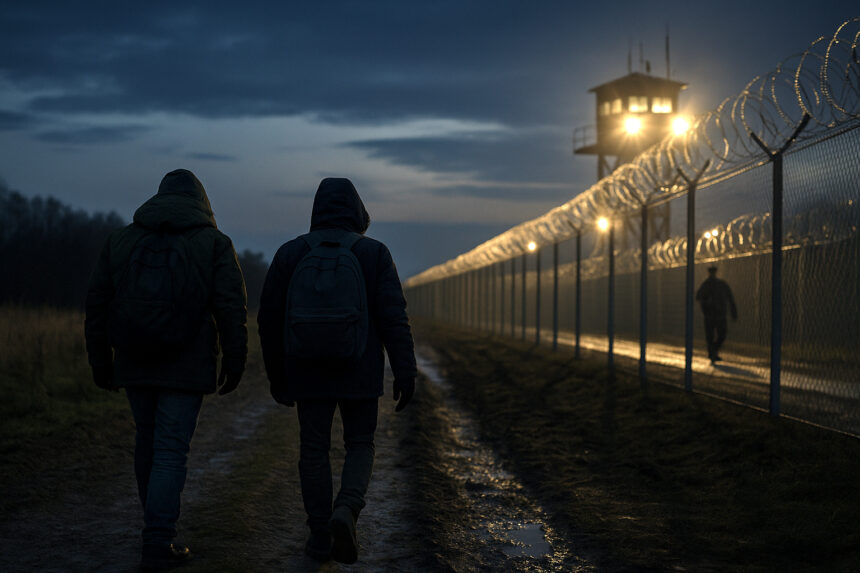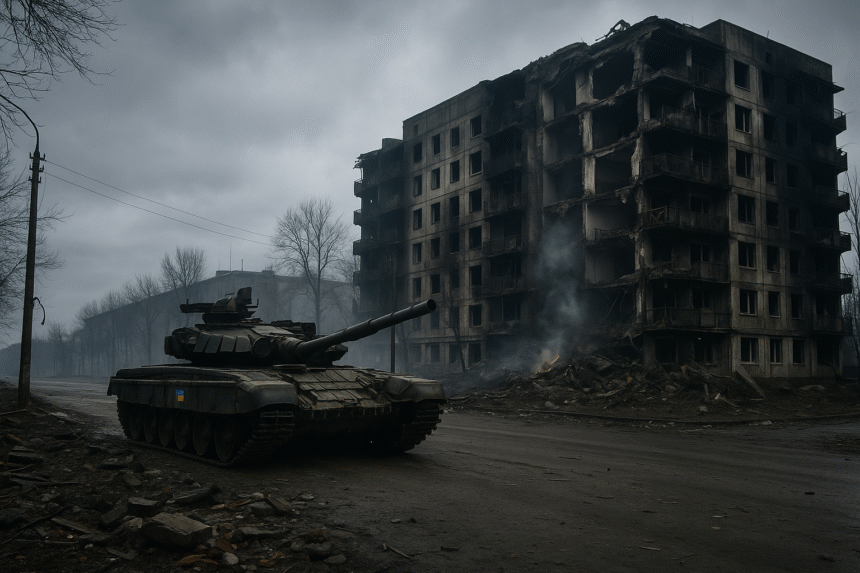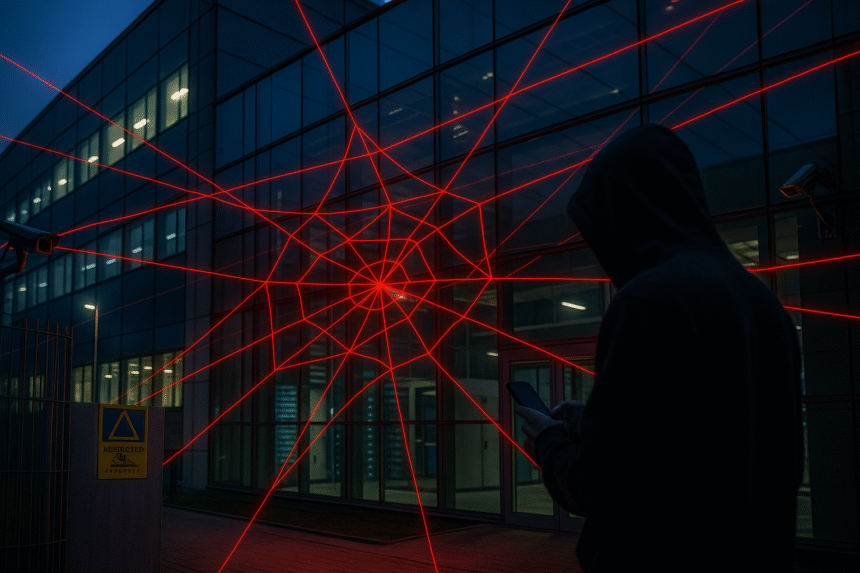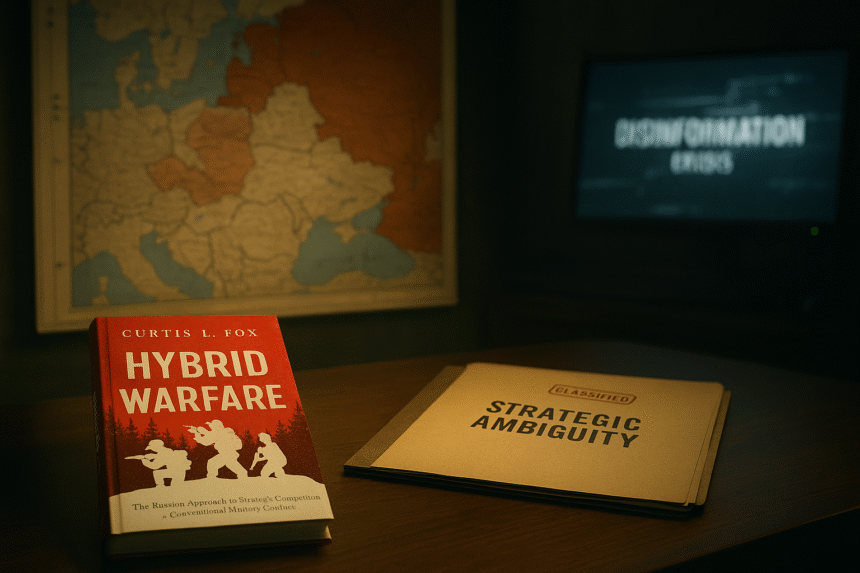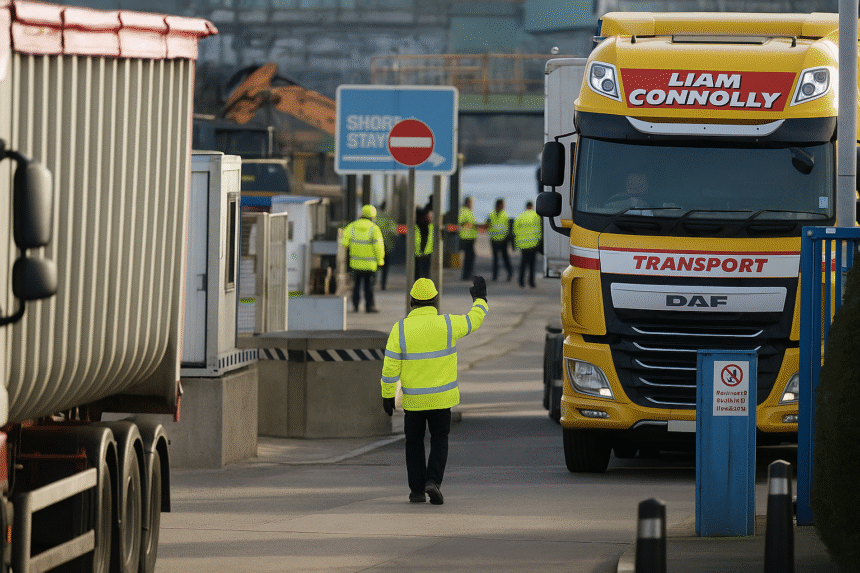The Lights Are Still On — But for How Long?
Across Europe, homes remain warm, factories hum with life, and cities gleam against the night. Yet beneath this everyday normality, a slow hybrid siege intensifies. Energy Resilience 2025 is no longer simply about economics or climate transition. It’s about sovereignty, survival, and the ability of modern Europe to defend its lifelines. As Curtis L. Fox wrote in Hybrid Warfare:
The Russian Approach to Strategic Competition and Conventional Military Conflict, “the hybrid strategist does not aim for battlefield victories, but for the quiet exhaustion of a society’s vital systems.”
Today, the most crucial battleground runs through Europe’s power grids, pipelines, and logistics networks.
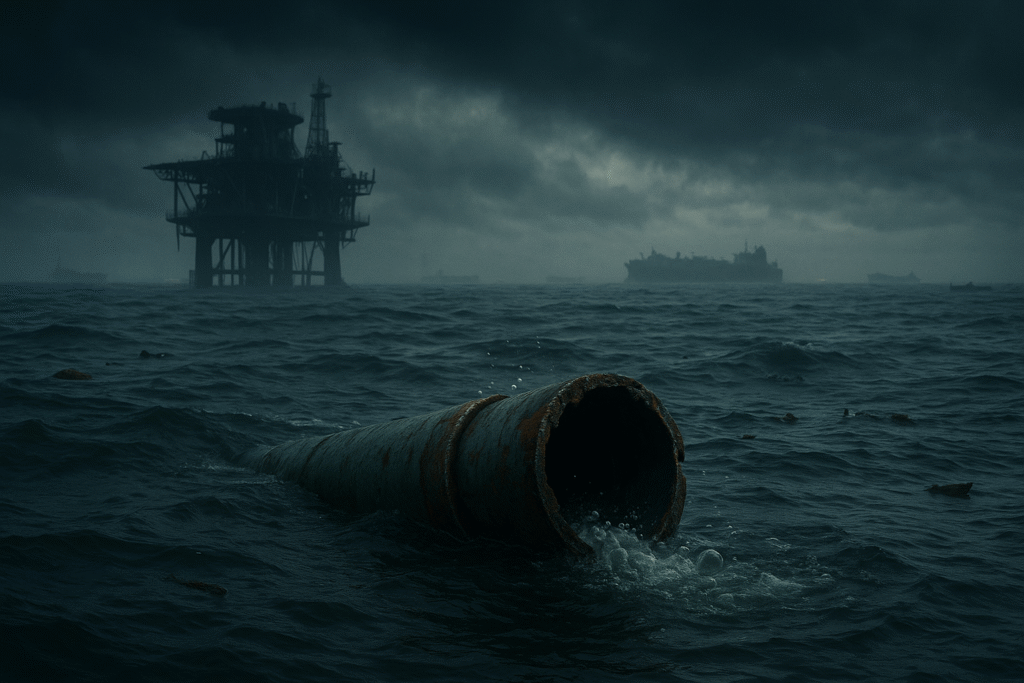
Dependency as a Weapon: Lessons Europe Failed to Learn
Europe’s historical reliance on Russian energy is a prime example of hybrid vulnerability. Energy Resilience 2025 demands that we confront the consequences of decades spent pursuing cheap gas at the expense of strategic autonomy. Before the 2022 Russian invasion of Ukraine, Russia supplied 45% of Europe’s gas. By 2025, this figure has dropped to 18%. However, dependence lingers in other forms: fragile LNG routes, critical materials for renewables, and political inertia in energy diversification. As Fox noted,
“Dependency is the soft noose of the hybrid strategist — never tight enough to provoke rebellion, always tight enough to inhibit resistance.”
The 2022 sabotage of the Nord Stream pipelines demonstrated how adversaries can turn Europe’s infrastructure vulnerabilities into geopolitical weapons overnight.

New Hybrid Frontlines: Cyber, Physical, Political
Energy Resilience 2025 is defined by multiple overlapping threat vectors. Firstly, cyberattacks against energy providers have surged. The ENISA Threat Landscape for Energy report stated that ransomware, phishing, and supply chain intrusions in the energy sector increased by 45% between 2023 and 2024. Secondly, physical sabotage remains an active threat.
The Nord Stream attacks highlighted how critical infrastructure, whether undersea or across borders, remains vulnerable. Thirdly, political fragmentation undermines resilience. The EU’s ambitious green transition has often outpaced the complex realities of grid security and energy sourcing. As Renée DiResta argues in Invisible Rulers:
“Hybrid conflict thrives where the infrastructure is brittle and the political will is divided.” In 2025, Europe’s adversaries exploit both.

Strategic Complacency: Europe’s Ongoing Blindspot
Despite facing repeated crises, Europe’s strategic approach to energy security remains dangerously conventional. Energy Resilience 2025 reveals that frameworks like the European Energy Security Strategy still treat sabotage as an exceptional, rather than systemic, threat. Meanwhile, cyberdefence integration across civil and military sectors remains fragmented, as ENISA warns. Fox’s analysis of hybrid warfare shows that:
“In every domain where defenders refuse to adapt, attackers gain strategic depth without firing a shot.”
Europe’s failure to fully integrate energy resilience into its hybrid warfare doctrine leaves grids, storage facilities, and supply lines perilously vulnerable to slow, cumulative erosion.

Resilience Is Europe’s Last Line of Defence
Energy Resilience 2025 must be understood as Europe’s fight not just for economic stability but for sovereign survival. Investment in domestic production, grid decentralisation, cybersecurity hardening, and critical material autonomy are no longer options — they are imperatives. As Ion Mihai Pacepa warns in Disinformation:
“The enemy’s goal is never just to harm the infrastructure, but to corrode the very will to defend it.”
Without serious reform, Europe risks a future where its enemies do not conquer by force — they dismantle by attrition.
Stand for Europe’s Energy Sovereignty
Independent journalism stands at the forefront of Europe’s resilience, exposing how hybrid warfare targets power, food, and civic cohesion. If you believe Europe’s survival demands defending every lifeline — from field to grid to fibre optic cable — stand with us.
Support our investigations on Patreon and help safeguard Europe’s sovereignty against the silent war waged against it.
